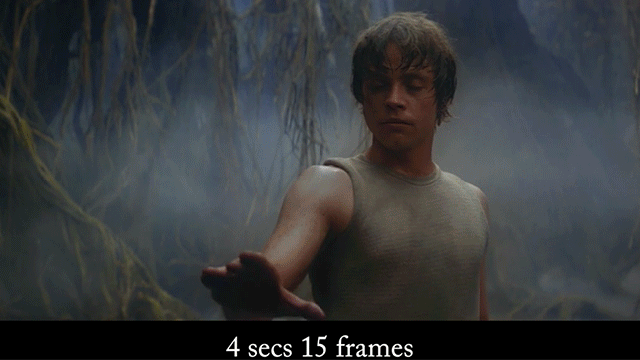Video: A good movie owes a lot to great writing and acting. But the people responsible for the rhythm of emotional arcs and intimate moments of conflict are rarely if acknowledged. Those people are film editors, and counterintuitively, an editor is often at their best when their work is totally invisible.
The power of an editor, as described by Tony Zhou in the newest installation of his Every Frame a Painting series, lies in being able to control the emotional weight of a scene. And the single most powerful tool for displaying believable conflict is simple: time. There’s a reason movies we often think of as “slow” are the ones that tug at our heartstrings. A Michael Bay flick might be fun to watch, but you’d be hard-pressed to find anyone who feels invested in any of his characters.
As an example of good empathetic scene pacing, Tony runs through the scene in Empire Strikes Back where Luke tries to lift his X-wing out of the swamp using the Force. As the ship rises the cuts get quicker and quicker. They convey excitement, but also Luke’s growing confidence in the Force and Yoda’s surprise. Then, as the ship sinks again, the pace of editing slows down. The scene’s conclusion lasts twice as long as its build-up, and that helps us to understand Luke’s frustration and Yoda’s disappointment.
Learning an editor’s instincts is no great mystery. The only way to do it, according to Zhou, is to practise.
